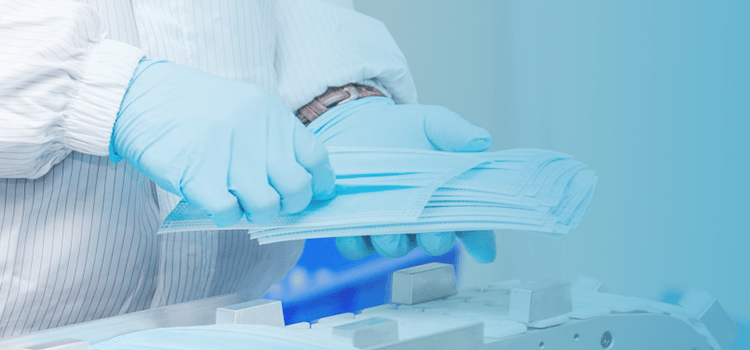


Views: 0 Author: Edmund Publish Time: 2024-01-05 Origin: Site









Introduction
Surgical gowns play a crucial role in maintaining a sterile environment during medical procedures, protecting both healthcare professionals and patients from potential infections. To ensure the effectiveness of these gowns, manufacturers must adhere to stringent standards such as EN13795 and AAMI Level 1/2/3. In this article, we will delve into the intricate details of how surgical gowns are designed and manufactured to meet these standards.
EN13795 Standard
EN13795 is a European standard that specifies the requirements for gowns, drapes, and clean air suits used as medical devices for patients, clinical staff, and equipment. Complying with this standard ensures that surgical gowns provide an adequate barrier to microbial penetration. The standard covers aspects such as material quality, design, and performance criteria.
Material Selection
To meet EN13795, surgical gowns must be made from materials that offer the necessary protective properties. Common materials include nonwoven fabrics like spunbond polypropylene or spunlace, which provide a balance between protection and comfort. These materials are chosen for their ability to resist fluid penetration and maintain their integrity during use.
Design Considerations
The design of surgical gowns is critical in achieving EN13795 compliance. Gowns must cover the entire body of the wearer and meet specific size requirements. Seams and closures must be carefully constructed to minimize the risk of fluid penetration. Additionally, the gown should allow for easy and comfortable movement while maintaining a sterile field.
Testing and Certification
Manufacturers undergo rigorous testing procedures to ensure their surgical gowns meet the EN13795 standard. This includes evaluating the gowns for resistance to microbial penetration using methods like hydrostatic pressure testing. Once the gowns pass these tests, they receive certification, indicating compliance with the standard.
AAMI Level 1/2/3 Standards
The Association for the Advancement of Medical Instrumentation (AAMI) has established a set of standards to categorize surgical gowns based on their level of protection. AAMI Level 1 offers minimal risk protection, Level 2 provides low to moderate risk protection, and Level 3 offers moderate to high-risk protection.
Material Enhancement for AAMI Levels
Manufacturers must carefully select and enhance materials to meet the requirements of different AAMI levels. For example, AAMI Level 1 gowns may use lightweight materials that are breathable but still provide a basic barrier against fluids. As the level increases, the gowns require additional layers or treatments to enhance fluid resistance and overall protection.
Design Modifications for AAMI Levels
The design of surgical gowns is adapted to each AAMI level to ensure the appropriate level of protection. This may involve adding features such as reinforced areas, additional layers, or specialized coatings to enhance fluid resistance. The goal is to create a gown that aligns with the specific risk level for the intended use.
Testing and Verification
Similar to EN13795, manufacturers subject their gowns to rigorous testing to meet AAMI standards. This includes assessing factors like liquid barrier performance and seam strength. Certification is obtained only when the gowns demonstrate compliance with the specific AAMI level requirements.
Conclusion
In conclusion, the development of surgical gowns involves a meticulous process to meet both EN13795 and AAMI Level 1/2/3 standards. Material selection, design considerations, and thorough testing are integral components of ensuring that these gowns provide the necessary protection in diverse healthcare settings. Manufacturers must stay abreast of evolving standards to continually improve the safety and efficacy of surgical gowns, contributing to the overall enhancement of healthcare practices worldwide.
Short-Fiber Nonwoven Fabric: An Eco-Friendly, Soft, And Versatile Nonwoven Material
Optimizing Sterilization Practices with Self-Sealing Sterilization Pouches: A Comprehensive Guide
Unlocking The Benefits of PE SPA Liners: A Comprehensive Guide To Relaxation And Wellness
The Ultimate Guide To Nonwoven Fabric Shopping Bags: Embracing Sustainability in Every Purchase
The Ultimate Guide To Nonwoven Adult Diapers: Comfort, Dignity, And Freedom
Exploring The Versatile World of Nonwoven Fabrics: Types, Characteristics, And Applications
Discover The Perfect Boot Covers for Every Task: A Comprehensive Guide
The Ultimate Guide To Choosing The Perfect Shoe Covers for Every Need